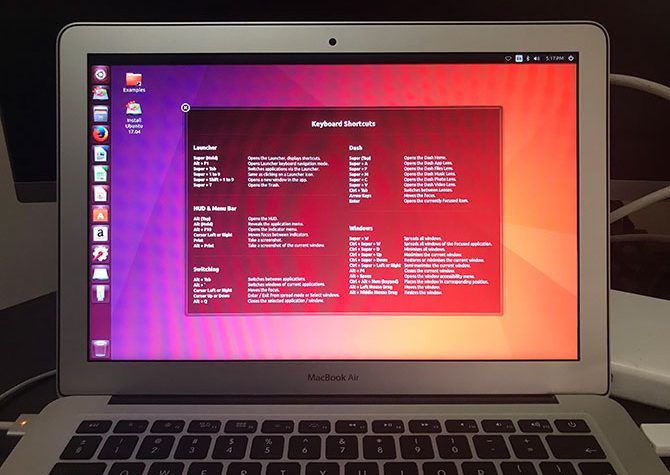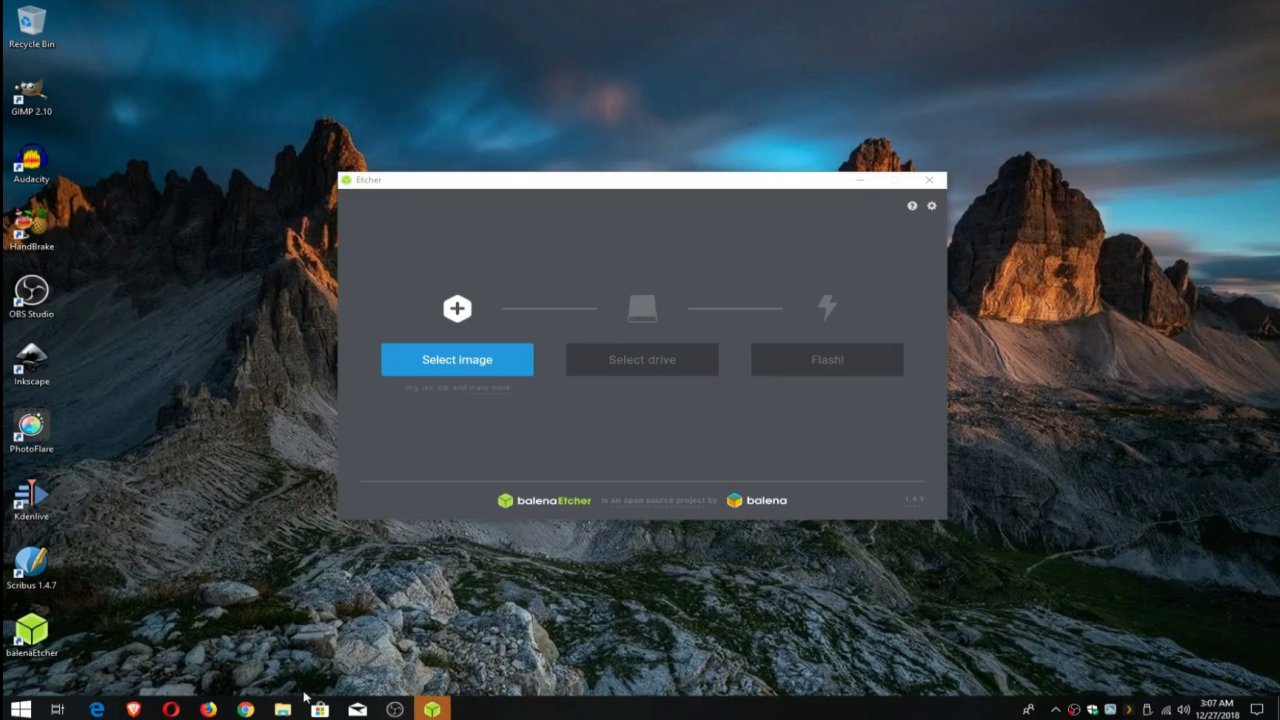
- MAC BOOTABLE USB FOR UBUNTU FULL
- MAC BOOTABLE USB FOR UBUNTU PORTABLE
- MAC BOOTABLE USB FOR UBUNTU MAC
When the firmware switches to "legacy" BIOS mode, it no longer recognizes USB drives.

In these cases a computer can often be "redirected" to boot from a USB device through use of an initial bootable CD or floppy disk. Many which do support USB booting may still be unable to boot the device in question. Some computers, particularly older ones, may not have a BIOS that supports USB booting.such as older ones before USB) likely will be unable to boot from USB even when USB is enabled via such an add-in card. ISA, PCI, and PCI-E) are almost never capable of being booted from, so systems that do not have native USB controllers in their chipset (e.g.
MAC BOOTABLE USB FOR UBUNTU FULL

However, as USB devices typically achieve lower data transfer rates than internal hard drives, booting from older computers that lack support for USB 2.0 or newer can be very slow.

MAC BOOTABLE USB FOR UBUNTU PORTABLE
Specialized USB-based booting was proposed by IBM in 2004 with Reincarnating PCs with Portable SoulPads and Boot Linux from a FireWire device. Intel-based Macs carried this functionality over with booting macOS from USB.
MAC BOOTABLE USB FOR UBUNTU MAC
Personal computers introduced USB booting in the early 2000s, with the Macintosh computers introducing the functionality in 1999 beginning with the Power Mac G4 with AGP graphics and the slot-loading iMac G3 models. Most Live CDs are Linux-based, and in addition to repairing computers, these would occasionally be used in their own right as operating systems. The development of the first live CDs with graphical user interface made it feasible for non-technicians to repair malfunctioning computers.

To repair a computer with booting issues, technicians often use lightweight operating systems on bootable media and a command-line interface.


 0 kommentar(er)
0 kommentar(er)
